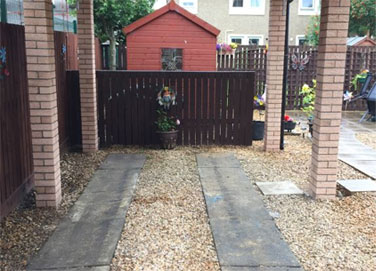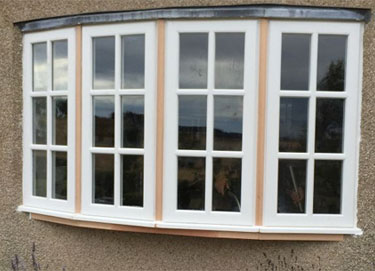A little care and attention in the spring can make a real difference to your roof’s long term health.
After a winter filled with fluctuating temperatures and varying precipitation, it is important to identify and fix problems early to make sure your roof is ready to stand up against whatever weather this Scottish spring throws at it.
But you might be asking yourself, why spring time?
Related content:
Optimal Weather Conditions
Spring brings calmer weather that allows roofers to work more comfortably and efficiently.
During this season, the temperature is neither too hot or too cold, which mean no delays to work and a contractor can finish the job on time.
Hassle Free
Spring is a relatively slow season for roofing projects because many people tend to postpone these until summer.
That means, it will be more convenient and less challenging for you to schedule an inspection.
Dealing With Damage Obtained In Winter
During winter, your roof has to shield your home from snow, strong winds and heavy rain.
All these can take a toll on your roof’s structural integrity and performance.
How To Maintain Your Roof And Its Lifespan
Roof Inspection
Evidence of water damage inside your home includes:
- Stains on your ceiling
- Evidence of sagging
- Dampened walls
- Presence of mould or mildew
Evidence of water damage outside:
- Loose or corrupted shingles
- Rust on flashing
- Damaged seals
- Debris in gutters
Clean And Test Your Gutters
Related content:
Guttering Cleaning And Repairs
Winter can also have a punishing effect on your gutters. For example, the weather might have led to leaves, twigs and other debris gathered inside.
This can can cause clogging and in turn could lead the water inside it to overflow and damage your homes foundation.
Once debris has been cleared, it is best to test the gutter by using a hose to flush water through the gutter.
This will also test the standard of the drainage.
During this stage, it may become apparent that there are leaks.
These can be sealed and repaired very easily.
If you notice any loose hangers or nails, it is important to tighten or replace them so your gutters hang tightly along the roof line.
Check Your Chimney
Chimneys can also be susceptible to seasonal damage. Look for signs of trouble, such as cracks in the mortar or damaged chimney caps.
Chimney Caps
Chimney caps are designed to keep rain out of your chimney.
If water gets in, it can lead to a host of problems including damage to liners, dampers and mortar joints as well as the formation of mildew and mould.
Without a chimney cap, the wind can carry outside debris into your chimney which can create problems.
Ensuring your chimney has the right cap in place will help to maintain your chimney’s performance and keep your home protected.
Trim Trees Away From Your Roof
Not only will you protect your roof from potential tree damage caused b the severe weather, you will also prevent small animals from accessing your roof for spring nesting.
You should also look at trees that are near your home.
Trees that stand close enough to fall on your roof when exposed to strong winds and rain are a major threat to the health of our roof.
Don’t Forget The Attic
The attic is often overlooked during a roofing inspection.
If it is accessible and safe, then an attic inspection is necessary.
Typical things a contractor would be looking for are;
- Is it wet?
- Does it have a strange smell?
- Are the trusses of the roof sagging or rattling?
- Are there any water marks anywhere?
- Is insulation in good condition?
Spring Roof Inspection
Services include;
- Inspecting roof for problems
- Repairing leaks
- Securing loose flashing
- Replacing shingles and nails that have popped out
- Removing debris from your roof
Many of the above mentioned problems can be avoided by routine maintenance.
Scheduling preventive roof inspections on a regular basis can save a home from costly damage.
If you neglect minor repairs and renovations the condition of your roof may deteriorate faster than expected.
We offer a free no obligation inspection, get in touch with us today!





